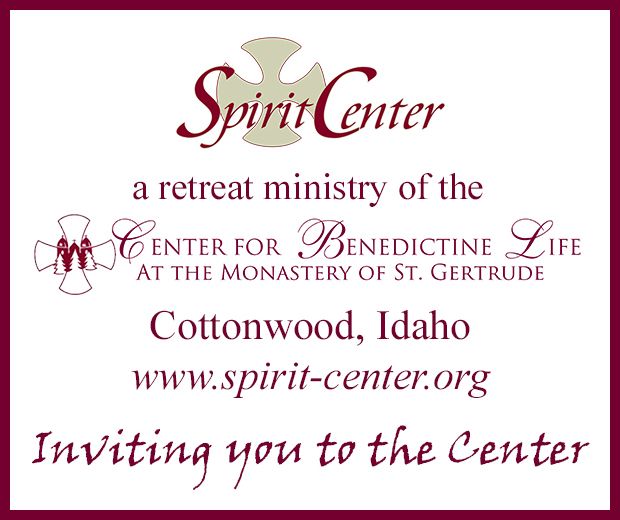Women’s Hearth Designed with Comfort and Dignity in Mind
Commentary by Angela Amos | FāVS News
When I get to the Women’s Hearth in the mornings, I am greeted by the cozy front rooms, adorned with artwork, throw pillows, squashy armchairs and so many plants that I am often surprised that the air here is not crisp.
The homey atmosphere at the Hearth is not a result of my efforts.
My gifts include mispronouncing common words with unearned confidence, misremembering names and christening people with monikers that have garnered such feedback as “absurd” and “that is not a name anyone has ever had.” My gifts also include making up lyrics on the spot to narrate my day, borrowing existing melodies.
I am not adept at décor. Spatial intelligence is not mine, as evidenced by the constant bruises I sport on my shoulders from walking into walls and door jambs. All. Day. Long.
Most fortunately, my predecessor does have a gift for seeing the possibility in and of the space she occupies. Each wall was her blank canvas. I am grateful she shared these gifts here. For her, the beauty of the Hearth was distinctly tied to honoring our participants’ dignity. All furniture has a place and purpose.
One can really settle in and rest in a lovely armchair with throw pillows and a recently crocheted lap blanket, so we have squashy armchairs. One can believe and feel their welcome in a space with soft overhead lighting and lively twinkle lights woven between colorful planters of pathos, monsteras, peace lilies and bamboo.
The stress and trauma of sleeping rough can be paused in a space with intentional warmth and thoughtfully placed rest areas.
Spaces Made for Comfort and Dignity
We have worked with some truly gifted Occupational Therapy students. These students researched and built a sensory cart for participants. It is next to the electric fireplace and a delightfully squashy armchair.
The cart has many drawers with grounding exercises in both text and pictographs for all reading levels, fidget manipulatives, noise canceling headphones and weighted objects like socks and lap blankets.
Instead of telling participants all that they cannot do when they are dysregulated, they can choose what works best for them and do those things.

The 1:1 room sports a colorful mural around the desk and phone. The space is designed for comfort and focus. This is where participants can make phone calls to the social security agency, housing authority and similar.
It is one of the few spaces in our common areas that has a door that closes. Keeping spaces open while maintaining privacy is an important aspect of trauma-informed service delivery.
The reason for the 1:1 room’s door is to maintain participant’s dignity. Discussions of finances and appeals are incredibly vulnerable, and we want to ensure we are sensitive to this.
Other alcoves have lace curtains that fit over the doorway, like our meditation alcove, or furniture arrangements that provide personal space, while ensuring no one feels trapped, as shown in our television area.
Personalizing the Spaces
The Small Group room holds many memories.

The walls are covered in self-portraits participants have made. Each one is special and shares aspects of the artist’s personality that they love and value.
Comfortable couches line the walls and lamps intersperse the area, providing soft lighting. This room hosts recovery, meditation, job and writing groups.
The library has a special place here. For example, Marie Pizelo and her sculptures. Marie understood that grief and trauma are often housed in a place that language does not, perhaps cannot, reach.
To bridge that gap, she shared her sculptures. These pieces are powerful and deeply moving. She shared her art with the Hearth, and we are a better space, a better community for it.

We welcome participants in all day, telling them how glad we are to see them, and we mean it.
We keep the Hearth clean and decorated by and for our community here. We want participants to stay all day, to make themselves at home.
There is no better way to offer that than to invite rest in a space that was designed just for and with them.
The views expressed in this opinion column are those of the author and do not necessarily reflect the views of FāVS News. FāVS News values diverse perspectives and thoughtful analysis on matters of faith and spirituality.






Thank you for you article on Women’s Hearth, Angela! I had some tangential connection to this ministry when Sr. Mary Rathert was directing the program. I had a wonderful visit there one day to learn more of it’s impact on the women who called it home. One of those women was Marie Pizelo. She had just finished a wonderful sculpture piece, “Grandma God”. I took a picture of it and it still hangs on my office wall from time to time. Marie was an unforgettable, strong and compassionate woman! I’m so pleased Women’s Hearth is still serving women in such important ways.